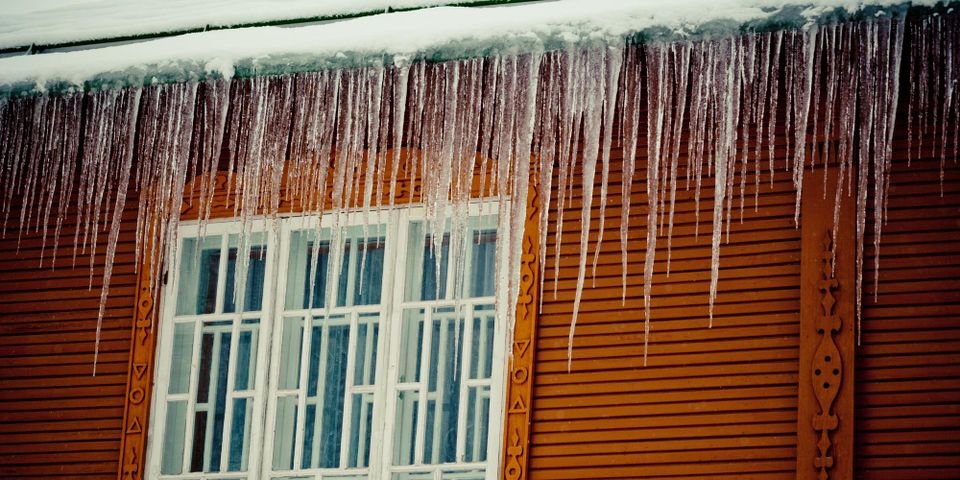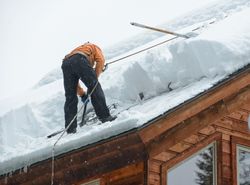
When snow collects on your roofing, it doesn’t melt evenly. The accumulation near the apex often thaws first, occasionally refreezing by the time it reaches the eaves. As a result, ice dams may form, which can cause a variety of problems for your property. Here’s more about how to remove and prevent them.
Why Roof Temperatures Vary
The temperature of your roof depends primarily upon the heat within your home. Via convection, the insulation slowly transfers heat to your roofing materials. The apex usually gains the most heat since warm air rises, which is why temperatures are typically lower farther down the slope of the roof.
Issues Ice Dams Cause
When ice dams form, they put excessive weight on the edges of your roofing, which may result in damaged shingles, warped flashing, and dislodged gutters. Also, your gutter system may no longer have the ability to redirect moisture away from your home, making your property more vulnerable to flooding and water damage.
How to Remove Ice Dams
 Start by removing the snow with a roof rake, and then apply a de-icing product, such as calcium chloride, to the dam. Perform this from the ground or have a professional do it because conditions on the roof are slippery and dangerous. Avoid chipping or picking the ice since you might become injured or damage the roofing in the process.
Start by removing the snow with a roof rake, and then apply a de-icing product, such as calcium chloride, to the dam. Perform this from the ground or have a professional do it because conditions on the roof are slippery and dangerous. Avoid chipping or picking the ice since you might become injured or damage the roofing in the process.
How to Prevent Them
The most effective way to prevent ice dams is by controlling your roof’s temperature. Add high-rated insulation to your attic and promote ventilation with soffit and ridge vents. Seal any gaps with caulk or weatherstripping to lock warm air into the space and minimize convection.
If ice dams damage your roofing materials, contact Walter St. Clair Roofing. For nearly a century, this contractor has provided roof repairs, restorations, and installations to Cincinnati homes and businesses. Call (513) 641-3265 to request a free estimate, and visit the website to learn more about gutters, siding, and chimney care.
About the Business
Have a question? Ask the experts!
Send your question

